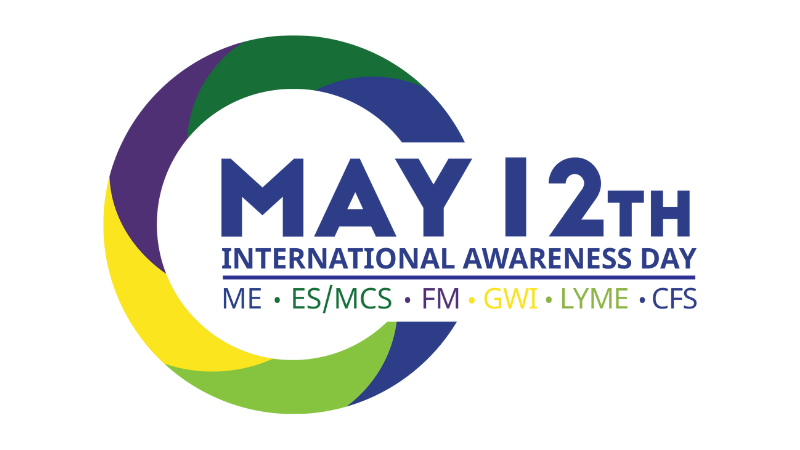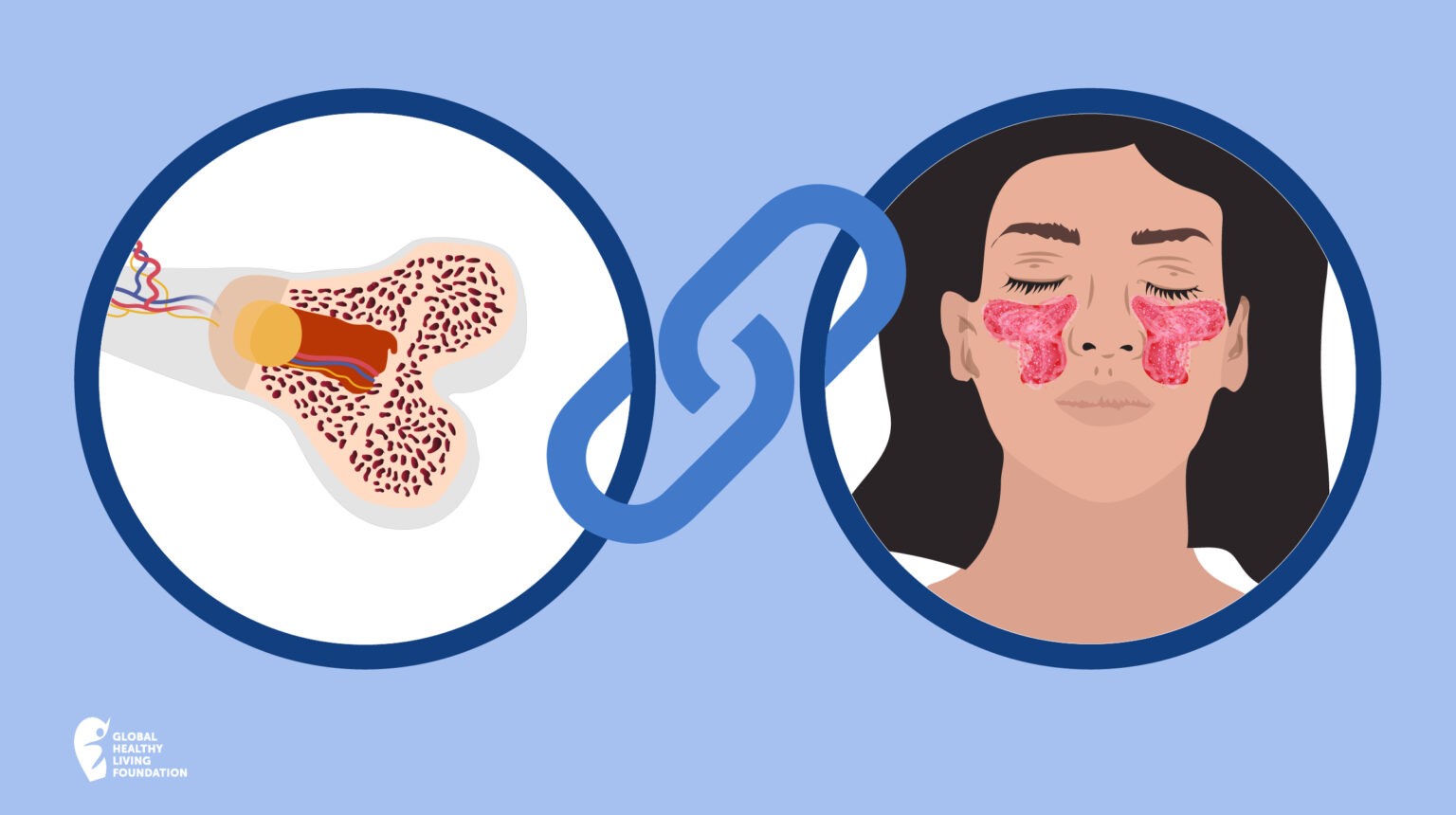

Over 300 million people worldwide are diagnosed with AiArthritis diseases — but as many as 450 million may actually be living with one, due to misdiagnosis or lack of diagnosis. Could you be one of them?
Tuesday 20 May is World AUTOimmune & AUTOinflammatory Arthritis Day! These diseases are AUTO-driven — that’s why we’re racing for awareness.
When many people think of arthritis, they think of osteoarthritis (a degenerative form of arthritis that results from the wear and tear of cartilage in individual joints). However, there are over 100 forms of arthritis and many result from dysfunctions in the immune system. These can affect people of any age (including children). All can be very painful, and none are necessarily worse than any other, they are simply different and involve different treatment approaches.
What is the Difference Between Autoimmune and Autoinflammatory Arthritis?
Our immune system has two main sub-systems, the innate (general) immune system and the adaptive (specialised) immune system.1
The innate immune system is the one we were born with and it is our body’s first line of defence against all foreign bodies, injuries and pathogens (microorganisms that have the potential to cause infectious diseases, such as viruses, bacteria and fungi).
The adaptive immune system is the one we develop over time in response to specific pathogens (such as the measles virus). To do so, it needs to work out which pathogen it needs to respond to. It then generates immune responses targeted specifically to that pathogen. It can also “remember” each pathogen so it can respond more quickly when it encounters that one next time.
While there is no one cause for either autoimmune or autoinflammatory diseases, we do know each originates in a part of the immune system. Both cause the immune system to dysfunction and mistakenly damage healthy cells. The types of cells attacked determine the type of condition. For example, Multiple sclerosis affects nerve cells and type 1 diabetes affects pancreatic cells.
How conditions are categorised depends on which part of the immune system they occur.2
- Autoimmune disease. A group of over 80 diseases caused by reactions of the adaptive immune system, which develops over time. In most cases, these diseases result from a combination of genetic and environmental influences, such as pathogens and hormonal triggers, especially in individuals with a genetic predisposition.
- Autoinflammatory disease. A group of around 2 dozen rare diseases caused by innate immune system reactions. While often there is no known cause, genetic mutations are often thought to be responsible.
Most immune system diseases fall somewhere along a continuum from autoimmune to autoinflammatory and many involve both sub-systems so they can be difficult to categorise. For example, the current thinking is that ankylosing spondylitis (arthritis of the spine and pelvic bones) is a little bit of both.3
Common Forms and Symptoms of AiArthritis
Combined there are over 100 autoimmune diseases and autoinflammatory diseases, but only a couple of dozen include inflammatory arthritis as a major clinical component in most people (“autoimmune arthritis” and “autoinflammatory arthritis”, or AiArthritis). While arthritis unites these diseases, because they are autoimmune and autoinflammatory they affect more than just the joints. The inflammation travels through the bloodstream, so these diseases affect the whole body, including tissues and organs.2
In some (such as rheumatoid arthritis and ankylosing spondylitis, arthritis in the joints is the primary symptom. In others (such as lupus and Sjogren’s syndrome) it is often a secondary symptom.
Forms of AiArthritis
Forms of AiArthritis include (but are not limited to):
- Rheumatoid arthritis
- Psoriatic arthritis
- Axial spondyloarthritis (includes ankylosing spondylitis and non-radiographic axial spondyloarthritis)
- Juvenile idiopathic arthritis
- Seronegative inflammatory arthritis
- Systemic lupus erythematosus
- Still’s disease
- Undifferentiated connective tissue disease
- Palindromic arthritis
Symptoms of AiArthritis
While the specific symptoms of all the conditions that fall under the AiArthritis umbrella can vary greatly, there are some systemic (often invisible) symptoms common to them all, especially during flares. These include:
- Joint pain
- Joint swelling and redness
- Joint stiffness (often worse after rest or inactivity)
- Fatigue that is not relieved by sleep
- Whole-body aches and pains
- Flu-like symptoms
- Impaired cognition (brain fog)
- Abdominal pain or digestive issues
- Increased risk of infection (due to the condition itself and immune-suppressing treatments)
- Increased risk of comorbidities (such as other autoimmune or autoinflammatory conditions)
While AiArthritis conditions have no cure yet, they can be well-managed with good quality support, information and treatment approaches.
Where to Get AiArthritis Support and Information
You can learn more general information about AiArthritis from reputable sources such as:
- Government health websites, such as the healthdirect website in Australia
- Health professional websites, such as the Australian Rheumatology Association
- Peak bodies and patient organisations representing AiArthritis conditions, including:
You can also learn a lot about living with these conditions through the people you meet in peer support groups. Some of the above organisations run their own support groups but all can refer you to groups relevant to you.
Above all, speak to your own healthcare team for specific advice about the symptoms and conditions you are experiencing. We are all different so no two people will follow exactly the same treatment pathway. What works for you may not work for others and vice versa.
Help Us Drive Awareness of AiArthritis
If you live with a form of AiArthritis or know someone who does, tell others about it whenever you find an appropriate moment. You could mention some of the facts we’ve shared above. For example, you could tell people that it can affect people of all ages, that many symptoms are invisible or that these conditions involve the immune system (not just the joints).
You could also share the link to this and other #AiArthritisDay online content across your social media platforms.
Help us FUEL awareness for World AUTOimmune & AUTOinflammatory Arthritis Day 2025
This information should never replace the information and advice from your treating doctors. It is meant to inform the discussion that you have with healthcare professionals, as well as others who play a role in your care and well-being.
Join the CreakyJoints Australia Community
Becoming a CreakyJoints Australia member takes just a few minutes. You’ll receive our members’ e-newsletter featuring:
- Reliable information about arthritis types and treatments.
- Tips for managing daily life with arthritis and related conditions.
- Personal stories from people living with similar conditions to you.
- Links to our podcasts featuring interviews with health clinicians and patients.
- Surveys to help us discover what’s important to you.
Follow us on Facebook
We set up our CreakyJoints Australia Community group on Facebook to share our latest news, feature articles, arthritis resources and other content with you. We invite you to provide feedback on any of our posts and chat with each other in the comments. You are also welcome to share ideas about content you would like us to create or share practical tips for living with arthritis and related conditions.
You can follow CreakyJoints Australia on Instagram and Global Healthy Living Foundation Australia on Facebook.
Keep Reading
CreakyJoints Australia has a wealth of information about arthritis and great tips for dealing with it.
- Patient PrepRheum podcast series
- Rheumatoid Arthritis Versus Osteoarthritis
- 10 Things to Do After an Arthritis Diagnosis: Top Tips From Patients
- Family Planning, Pregnancy and Parenting with Rheumatic Diseases
- Government Support for People With Chronic Conditions
1 National Library of Medicine: In brief: The innate and adaptive immune systems. https://www.ncbi.nlm.nih.gov/books/NBK279396
2 International Foundation for Autoimmune & Autoinflammatory Arthritis (AiArthritis): What is AiArthritis? https://www.aiarthritis.org/whatisaiarthritis
3 Spondylitis Association of America: Spondyloarthritis: Autoimmune or Autoinflammatory? https://spondylitis.org/spondylitis-plus/spondyloarthritis-autoimmune-or-autoinflammatory



